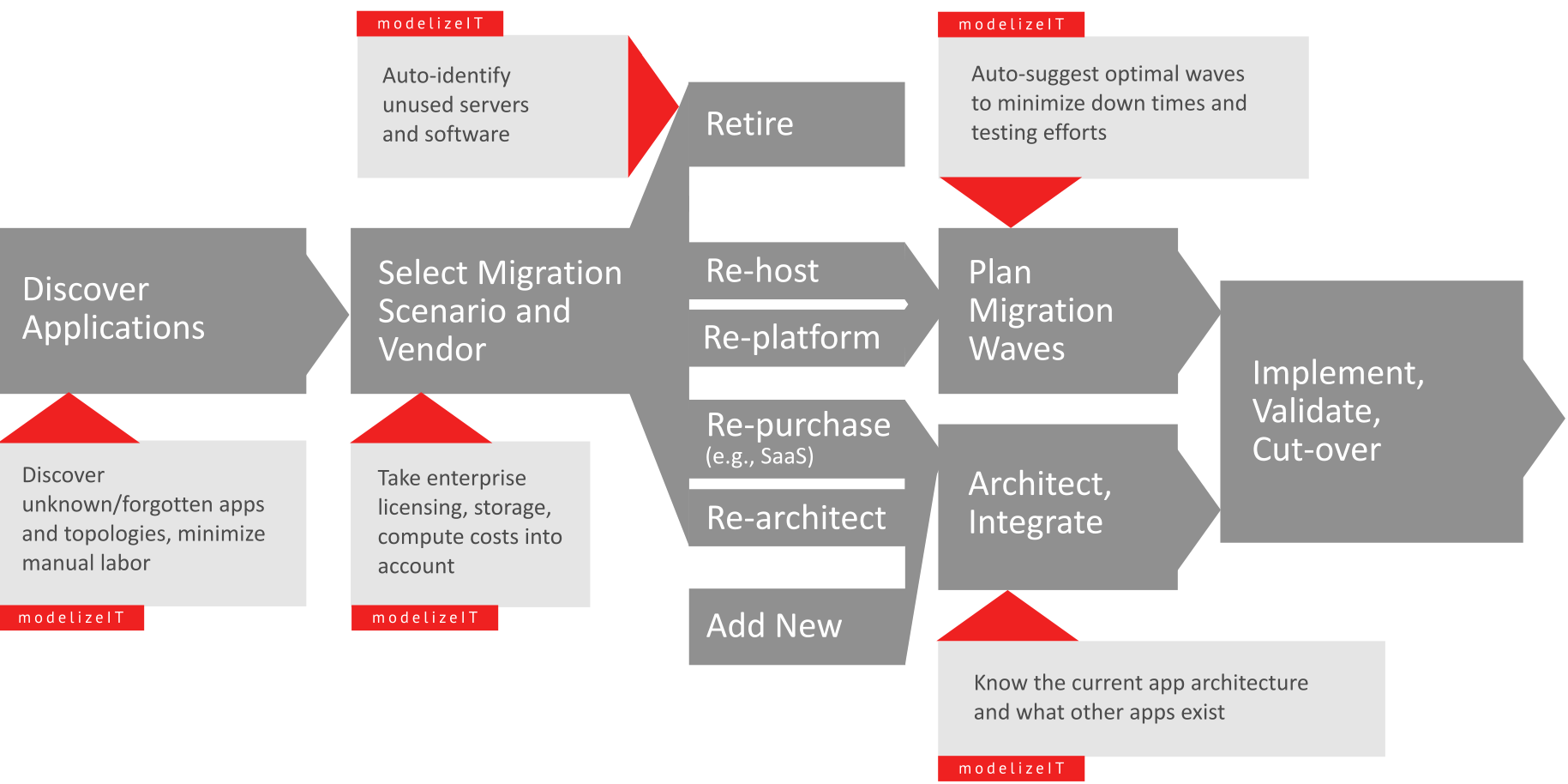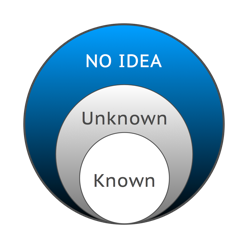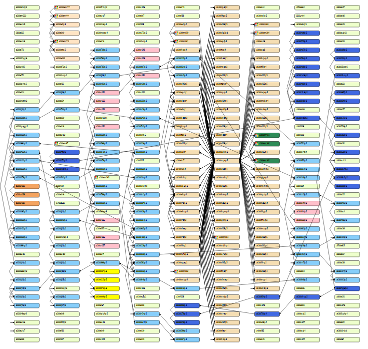Enterprise IT environments are complex.
Some information is well documented.
Some information is known to IT staff and can be collected via interviews.
However, some knowledge is always lost and nobody even knows what is not known.
With our automated business application topologies discovery capabilities we are going after these so-called unknown unknowns.
After collecting the data modelizeIT platform auto-identifies groups of servers that logically work together and likely form business applications.
It also generates architectural diagrams for each such group allowing migration architects to accept proposed business applications mapping with a couple of clicks or refine the results.
Deep information about middleware systems, deployed applications, databases, clusters, middleware cells, and auto-recognition of custom/rare applications
makes it possible to identify the applications even if no traces of their documentation or IT personnel knowledge is available.
modelizeIT platform allows IT personnel and migration architects augment auto-collected information with minimal amount of manual labor.





